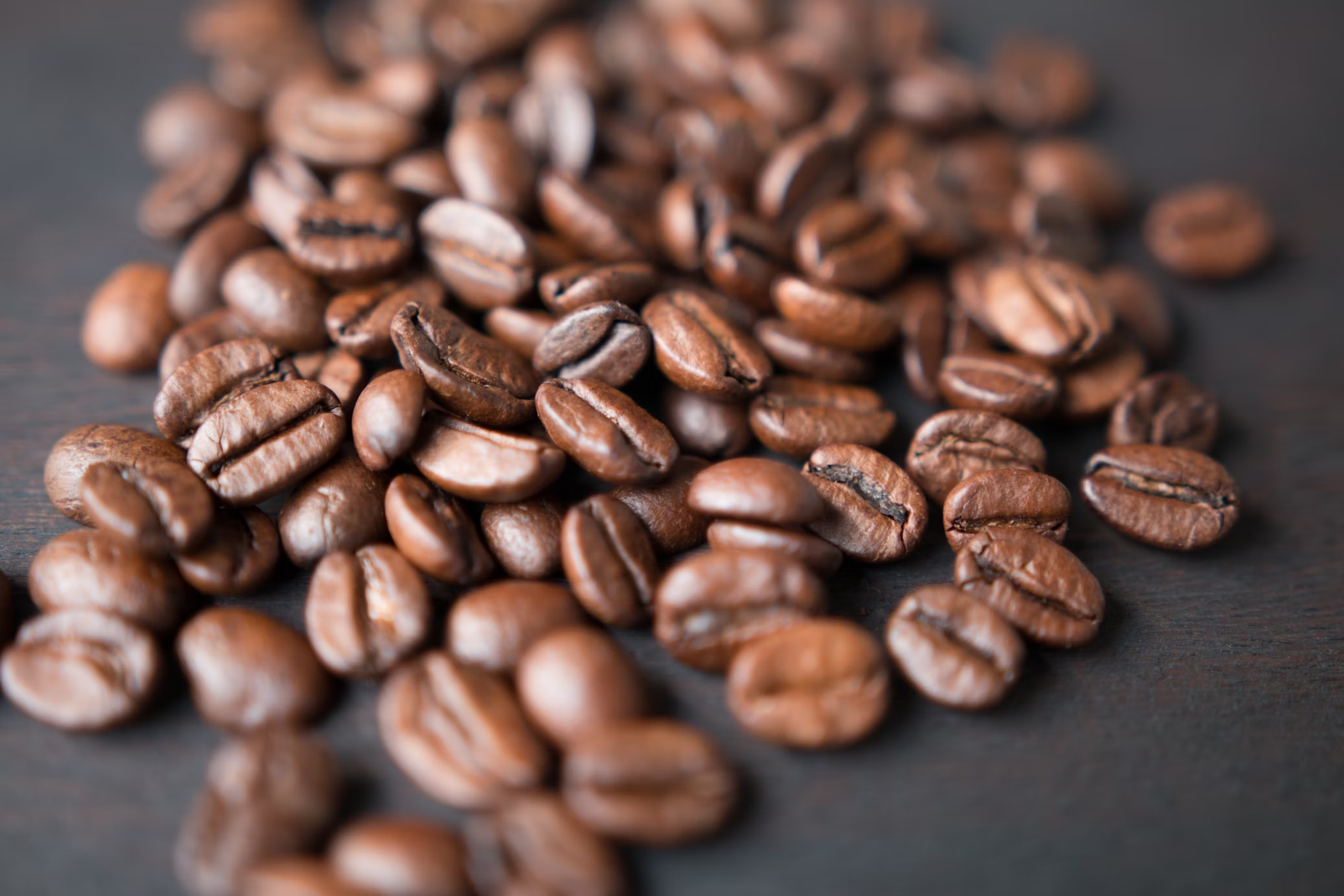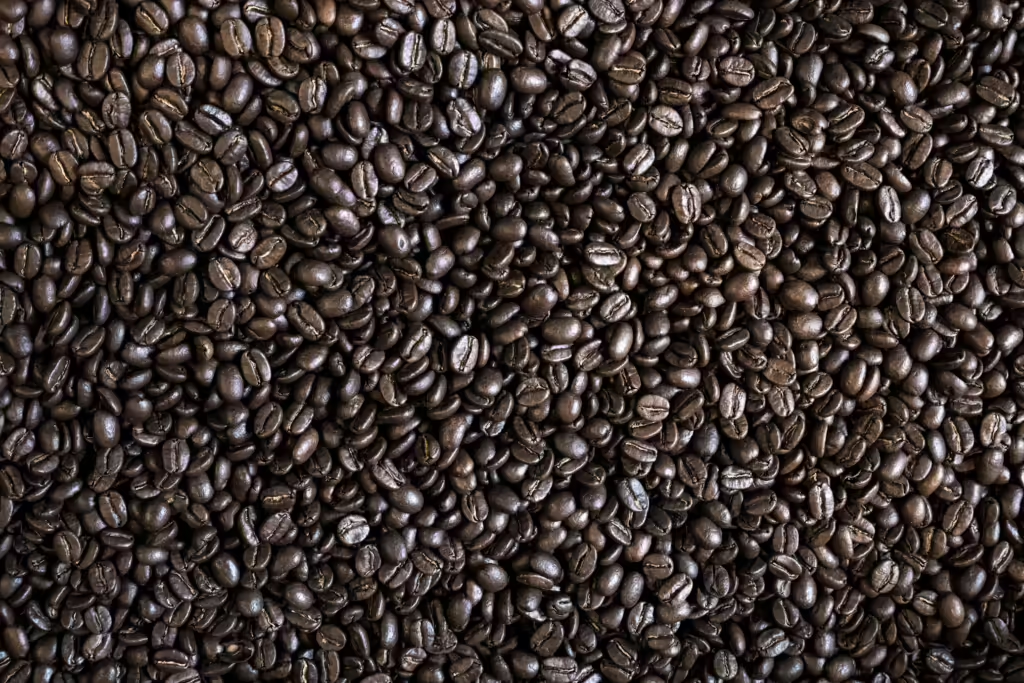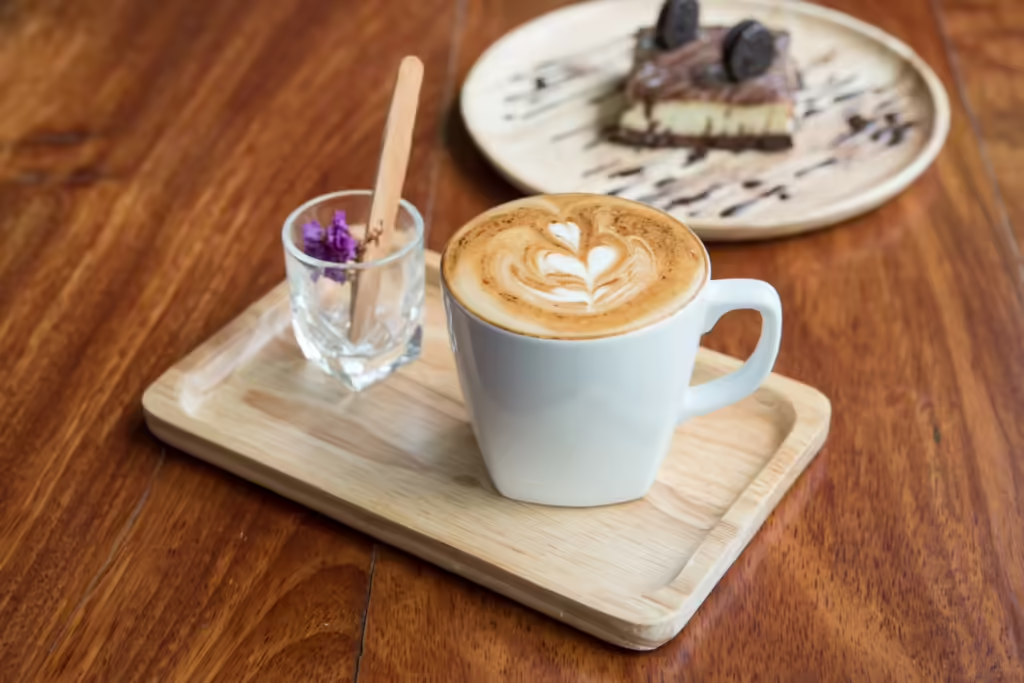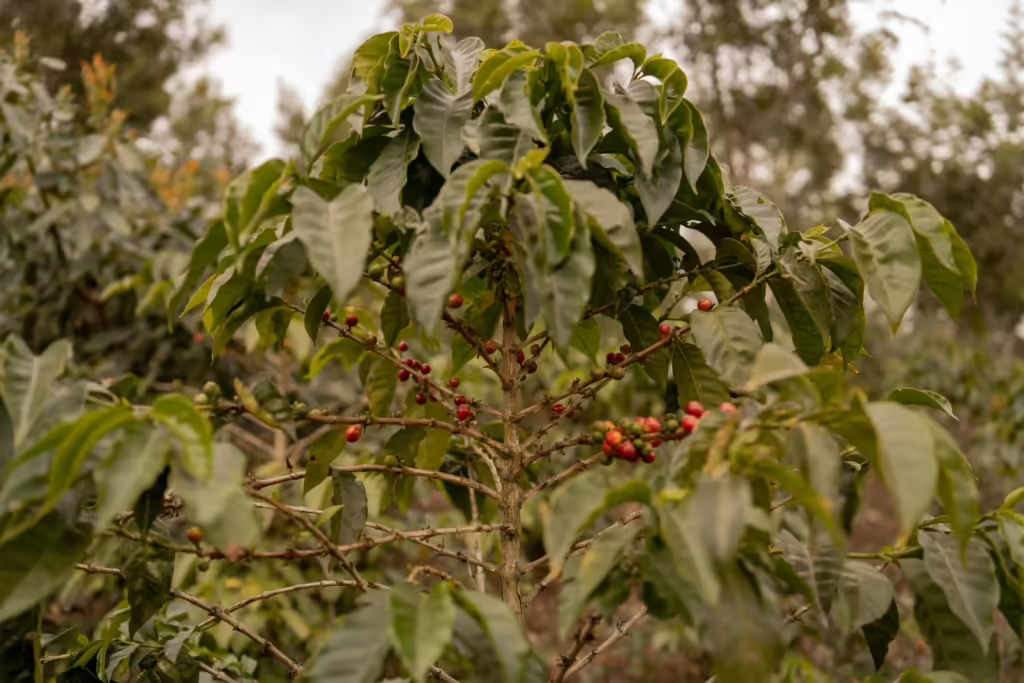
Coffee is one of the most widely consumed beverages in the world, and its flavor, aroma, and experience are largely influenced by the type of coffee bean used. While many people are familiar with the terms Arabica and Robusta, there are actually several different varieties of coffee beans, each with its own unique flavor profile and growing conditions. In this guide, we’ll explore the main coffee bean varieties—Arabica, Robusta, Liberica, and Excelsa—highlighting their differences and helping you better understand what goes into your cup.
Arabica: The Gourmet Coffee Bean
Arabica (Coffea arabica) is the most popular coffee bean variety, making up about 60-70% of global coffee production. Native to the highlands of Ethiopia, Arabica beans are prized for their delicate flavors, mild acidity, and smooth, complex taste. Arabica plants are typically grown at higher altitudes in regions with cool temperatures and plenty of rainfall, making them more difficult to cultivate but yielding higher-quality beans.
Characteristics of Arabica Beans:
- Flavor: Arabica beans are known for their sweetness, with a smooth, balanced taste. Depending on the region where they are grown, they can have fruity, floral, or even nutty notes.
- Acidity: Arabica coffee is often more acidic than other varieties, offering a bright, clean flavor.
- Caffeine Content: Arabica beans have a lower caffeine content compared to Robusta, typically around 1-1.5%.
- Growing Conditions: Arabica plants thrive in high-altitude regions with moderate rainfall and temperatures between 60-70°F (15-24°C). They are delicate and susceptible to pests and diseases, requiring careful cultivation.
Best Regions for Arabica Coffee:
- Ethiopia: Known for its bright, fruity flavors and floral notes.
- Colombia: Famous for its well-balanced coffee with caramel and chocolate undertones.
- Brazil: Produces a smoother, nutty Arabica with lower acidity.
Who Should Try Arabica?
Arabica coffee is ideal for those who enjoy a smooth, refined cup of coffee with complex flavors and low bitterness. It’s perfect for pour-over, drip brewing, and espresso.
Robusta: The Bold and Strong Coffee Bean
Robusta (Coffea canephora) is the second most popular coffee bean variety, known for its stronger, more bitter taste compared to Arabica. Robusta beans are often used in instant coffee and espresso blends due to their high caffeine content and bold flavor. Unlike Arabica, Robusta is much easier to cultivate, thriving in lower-altitude regions with higher temperatures and more resilience to pests and diseases.
Characteristics of Robusta Beans:
- Flavor: Robusta beans have a bold, earthy, and sometimes bitter taste, often described as having chocolatey or nutty undertones.
- Acidity: Robusta coffee has lower acidity than Arabica, giving it a heavier, fuller-bodied flavor.
- Caffeine Content: Robusta beans contain about 2-2.7% caffeine, almost double the amount found in Arabica. This gives Robusta its intense, bitter taste and a thicker crema in espresso.
- Growing Conditions: Robusta plants grow at lower altitudes and are more tolerant of higher temperatures and tougher conditions, making them easier to farm.
Best Regions for Robusta Coffee:
- Vietnam: One of the largest producers of Robusta coffee, known for its strong and bold beans.
- Indonesia: Produces earthy and full-bodied Robusta, often used in espresso blends.
- Uganda: Offers Robusta with a rich, heavy flavor and a touch of bitterness.
Who Should Try Robusta?
Robusta is perfect for those who prefer a strong, bold cup of coffee with more caffeine. It’s often favored by espresso drinkers who enjoy a thicker crema and a more intense coffee experience.
Liberica: The Rare and Exotic Coffee Bean
Liberica (Coffea liberica) is a less common coffee variety but offers a unique flavor that’s beloved by coffee enthusiasts in certain regions. Native to West Africa, Liberica beans have an unusual shape, being larger and more irregular than Arabica and Robusta beans. The flavor of Liberica coffee is distinctive, often described as smoky, woody, or fruity, with a fuller body and lower acidity.
Characteristics of Liberica Beans:
- Flavor: Liberica coffee has a bold, smoky flavor with hints of fruit and floral notes, making it an acquired taste for some coffee drinkers.
- Acidity: Low acidity, but with a complex, full-bodied profile.
- Caffeine Content: Liberica beans have a caffeine content similar to Arabica, around 1-1.5%.
- Growing Conditions: Liberica grows in tropical regions and can tolerate higher temperatures, often found in countries with humid climates.
Best Regions for Liberica Coffee:
- Philippines: The only country that produces Liberica coffee in significant quantities, known locally as “Barako coffee.”
- Malaysia: Offers a fruity, floral version of Liberica, often used in traditional Malaysian coffee blends.
Who Should Try Liberica?
If you’re looking for something different and enjoy experimenting with exotic flavors, Liberica coffee is worth a try. Its bold, smoky flavor is ideal for those who appreciate strong and complex coffees.
Excelsa: The Mysterious Subspecies of Coffee
Excelsa (Coffea excelsa), once considered a distinct species, is now classified as a variety of Liberica coffee. However, Excelsa has a unique flavor profile that sets it apart. Grown primarily in Southeast Asia, Excelsa beans are known for their tart, fruity notes and complex, almost wine-like flavor. While less common than Arabica and Robusta, Excelsa is often used in coffee blends to add depth and complexity.
Characteristics of Excelsa Beans:
- Flavor: Excelsa coffee is often fruity and tart, with a light body and complex aroma. It has a unique sweet and tangy flavor that can add brightness to coffee blends.
- Acidity: Higher acidity compared to Liberica, with a more delicate flavor profile.
- Caffeine Content: Similar to Arabica, with a moderate caffeine content.
- Growing Conditions: Excelsa grows in tropical regions, often at lower altitudes and in humid climates.
Best Regions for Excelsa Coffee:
- Vietnam: Known for producing Excelsa beans with complex fruity notes.
- Thailand: Grows Excelsa beans that add brightness to coffee blends with their tart and fruity profile.
Who Should Try Excelsa?
Excelsa is perfect for adventurous coffee drinkers who enjoy fruity, tangy flavors and want to explore something outside of the traditional Arabica and Robusta varieties.
Conclusion
Understanding the different coffee bean varieties—Arabica, Robusta, Liberica, and Excelsa—can enhance your appreciation for the diversity of coffee flavors. Whether you prefer the smooth, delicate notes of Arabica, the bold strength of Robusta, or the exotic flavors of Liberica and Excelsa, there’s a coffee variety for every palate. Exploring these beans allows you to discover new tastes, and it’s a great way to elevate your coffee-drinking experience.
So the next time you brew a cup, consider which variety you’re drinking and the unique characteristics it brings to your cup.




